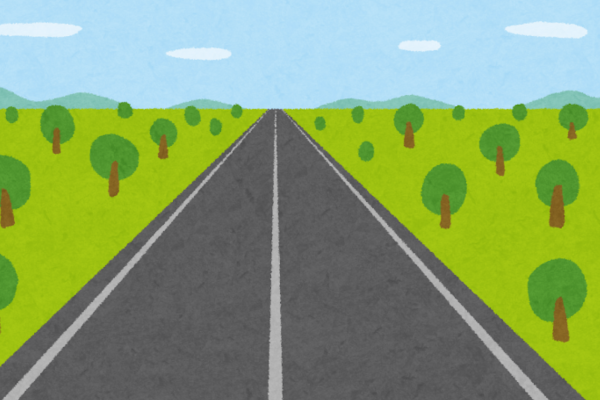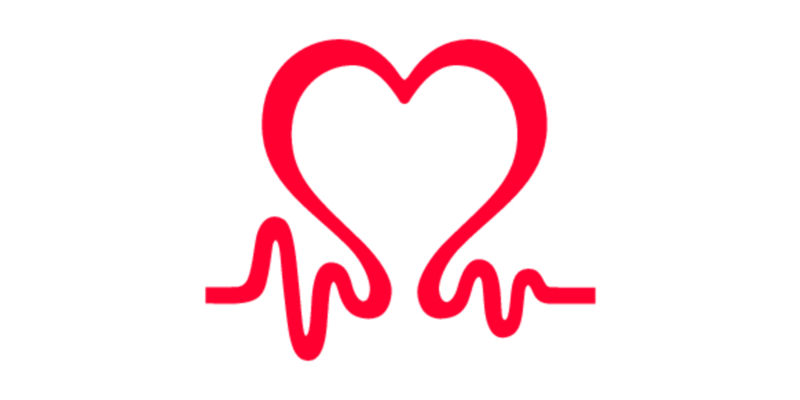Whether your vehicle has been written off in an accident, failed its MOT or simply reached the end of its lifespan, if you are looking to scrap it there are specific documents you will need to present.
To help ensure you have all the right documents, we’ve compiled a handy list of the required paperwork in order to save you time and help you successfully go about scrapping your car.
Quick Navigation
Documents needed to scrap your car
In order to scrap your car, you will need to present the following documents:
Vehicle registration document (V5C)
The vehicle registration document, also referred to as a V5C. This is the vehicle logbook and is the most important document required to scrap your car.
The V5C confirms the registered keeper who is responsible for the vehicle. It also prevents an unauthorised sale of your vehicle.
Log Book
Your log book is just the colloquial term for the V5C registration document. If you’ve been told to ensure that you’ve got either your log book or V5C, then the two simply mean the same thing, so just make sure that red document is with you when you go to sell the car.

V5C/3
The V5C/3 is the yellow slip from your vehicle registration document, and you must present this when looking to scrap your car. This slip is used to inform the DVLA that you no longer own a vehicle. It is imperative that this is sent to the DVLA as if, for whatever reason, the car is not scrapped straight away, you could be liable for any future penalties it may receive if there has been no update on the DVLA system to say you no longer own it. Also ensure you keep your receipt from the Authorised Treatment Facility (ATF), as this will provide you another layer of proof that you have sold your car.

Personal identification & Proof of Address
It is a legal requirement to provide a form of ID, such as a driving licence or passport when scrapping a car, whether you have the V5C document or not.

Much like your personal identification, the law states that you must also provide proof of address. This is to ensure that the purchase of your scrap car falls in line with the Scrap Metal Dealers Act 2013. These regulations were put in place to clamp down on dodgy dealers and the selling of stolen cars, so while it might seem frustrating to have to dig out your passport or a recent utility bill, it’s to ensure that you’re not going to end up being conned.
Certificate of Destruction (CoD)
Once a vehicle has been given to an ATF to be scrapped, the ATF will issue a Certificate of Destruction (CoD).
A Certificate of Destruction (CoD) is the certificate that proves you have had your car recycled. It can only be issued by a centre with an ATF licence. The V5C/3 section will be completed and exchanged for a CoD, and this needs to be sent to the DVLA.
A CoD also clears you of any responsibility for your vehicle following the scrappage. Once the DVLA receives your CoD, they will automatically refund any unused road tax back to you.
Do I need to SORN my car before I scrap it?
If you are simply selling the car complete as scrap, then no, you do not need to SORN your car before it is wheeled away. However, if you are planning to break down the car to sell as parts before scrapping the rest, then in that case yes, you must SORN your car before scrapping it.
 If you are planning on puttinfg you car back on the road, here’s the advice you need.
If you are planning on puttinfg you car back on the road, here’s the advice you need.
How to scrap your car
Scrapping your car couldn’t be easier. Gone are the days where you’d have to trawl through the yellow pages or literally go and visit your local scrap yards. Instead, with Scrap Car Comparison’s service, it can all be done from the comfort of your sofa.
Free Online Valuation
With just your car’s registration number and your postcode, you can get a free online valuation from one of our knowledgeable team. We’ll scour your local area to find the best quote for you without you having to lift a finger. Once you have received the quote, it’s locked in for 24 hours, or guaranteed completely if you accept. This price is subject to inspection, which means as long as you have been totally honest, you have nothing to worry about, but if you have given false information as to the quality of your car, the quote may be renegotiated upon collection.
Arrange collection
Once you have accepted the quote from one of our trusted buyers, they will be put in touch with you directly to arrange a convenient time and location for your car to be collected. While there is no blanket timeline as to how soon this collection can take place, it is often within a matter of days. This means your troubled set of wheels will be out of your hair sooner than you may have thought, and certainly much faster than if you were to go through a private sale.
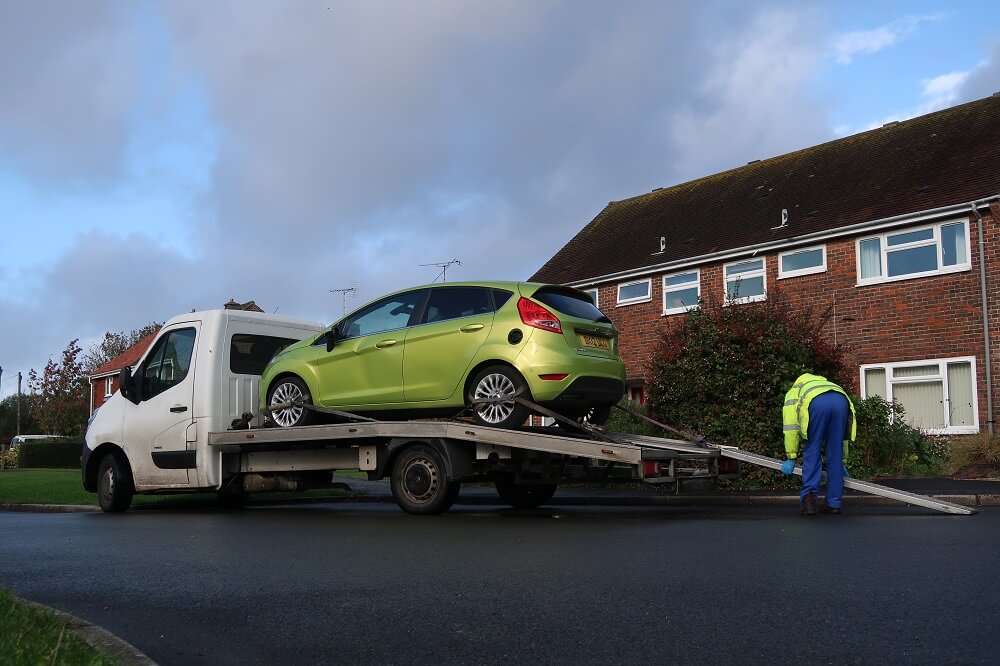
Preparing your car
When the day of your collection comes, it’s important to make sure that all of the relevant documentation is with the car to make the collection process as seamless as possible. Also make sure you’ve removed anything that you want to keep as you won’t be getting it back once it’s gone through the scrap process.
Notify the DVLA
Once the checks are complete the buyer will load the scrap or salvage vehicle onto their recovery truck and complete their part of the paperwork. From here you’ll need to complete section 9 of the V5C and ensure it is signed by the collector. If the buyer has subcontracted an external recovery firm to collect your vehicle, you will need to write “NOT PRESENT” in the new keeper’s signature box. Once section 9 has been completed and signed by yourself it will need to be sent to the DVLA.
The car scrapping process
Did you know that part of the law surrounding the scrapping of cars dictates that at least 95% of a car must be recycled? You’d be surprised just how much of a car can be reused, in a wide variety of ways
The depollution process
The good news here is that almost every part of your car has the potential to be recycled – It’s by no means just the metal. Throughout the process, the different materials will be separated so that they can be recycled in their own way, essentially using the same process that you use when you recycle your bottles and boxes at home. Glass, fabrics, (some) plastics and, of course, metal can all be isolated during the recycling process and will be repurposed and reused again, either in the automotive industry or in an entirely new field.

Disposing of fluids safely
The recycling of any form of motor oil is a tricky task as it is regarded as hazardous waste. If you need to dispose of any oils from your car’s mechanical systems, you’ll need to check your local listings to see where your nearest suitable location is. If you need to store the fluids before you can reach your local recycling site, then you should do so in an airtight container, as it can be very difficult to recycle if it gets contaminated. The same goes for batteries, which can hold potentially harmful substances.
Recycling your tyres
If you’re replacing your tyres at an approved tyre centre, then the centre is more than likely going to be able to recycle your old ones for you. If you do change them at home you might be able to dispose of them by contacting a specialist company for a small fee. Finally, some recycling centres are able to take old tyres, but you should check before travelling to them.
Crushing
Once all the recyclables have been removed from your car, then it will be sent to its final destination at your chosen ATF. It will go through the crushing process, first crushed to reduce the volume, then fed into the machine. The pieces of metal then move along the feeder pipe to the shredding section, with twin rollers preventing too much metal going into the shredder and getting blocked. Then, heavy-duty hammers spin rapidly, breaking down the metal which is then spewed out at the other end. All other materials, such as glass, rubber, plastic and carpet are separated from the metal chunks and taken away separately to be recycled.
Did you know the largest shredder in the world can be found in Wales? Every hour, 450 cars or 350 tons of metal are processed at the LYNXS Shredder. It’s so powerful that it has to be connected directly to the Welsh National Power Grid to get sufficient power!
More info
How to know if your offer is the best price
If you’ve been speaking to scrap yards off your own back and you’re unsure whether you’ve been quoted the best price for your car, then a quick call to us will confirm whether or not this is the case. With our nationwide network of certified buyers and team of experts on the phone we will ensure you get the very best price for your car, and that will include a free collection – something you likely won’t get elsewhere.
Things you can do to increase the price
Some people might suggest that you break your car apart to sell as individual parts to get a better price, but there are flaws to that logic. You’ll need to factor in the cost of your time and materials taken to break apart the car – plus any storage space. If your car does have parts that could be used elsewhere, then that will be taken into account as part of the quote process.
Other ways you can keep the price as high as possible include making sure you have all of the paperwork together, as well as any service history and two sets of keys. All of these will help get a better picture of your car, and make it more attractive to prospective buyers, especially if being sold as salvage rather than scrap.
How to know to salvage rather than scrap
The difference between scrap and salvage is relatively simple – a scrap car is a car that will not, at any point, return to the road. A salvage car, however, is one that can be repaired, or at the very least broken down for spare parts. If your car only has one major defect rendering it useless, but still has items such as the engine, gearbox or similar in good condition, you could find you can get a much higher price by selling as salvage.
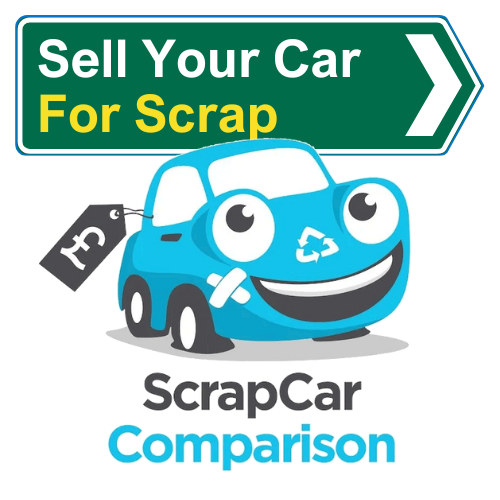
Scrap a Car in Your Area
Scrapping an old car doesn’t have to be stressful. Scrap Car Comparison can get you a great price and quick, free collection. Get an instant quote now or browse our scrap locations.
 Car Scrapping Knowledge Hub
Car Scrapping Knowledge Hub
Everything you needed to know about scrapping an old, written by the experts. Get step by step guidance to everything from payment, collection and paperwork.
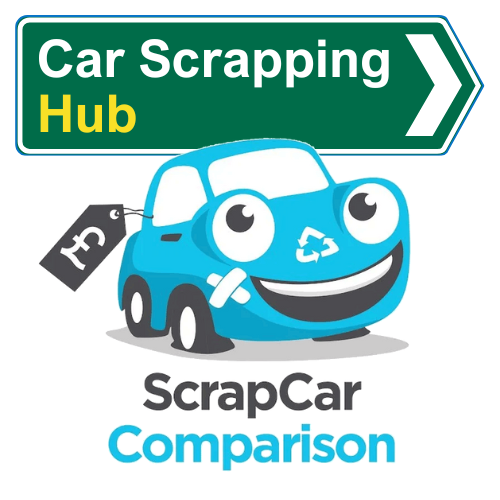
Value your scrap car
Calculate the scrap value of your car. Get an instant price online and learn how to get the most value.
How to scrap a car
Find out the exact documents and paperwork you’ll need, how to scrap a car and how to get the best price.
Scrap without a log book
Why is the V5C log book so useful when scrapping your car? And can you still scrap a vehicle if you don’t have one? Find out with this guide.
DVLA scrapped car
How to notify the DVLA when you scrap your car – plus everything else you mustn’t forget! Here’s our simple online guide.
